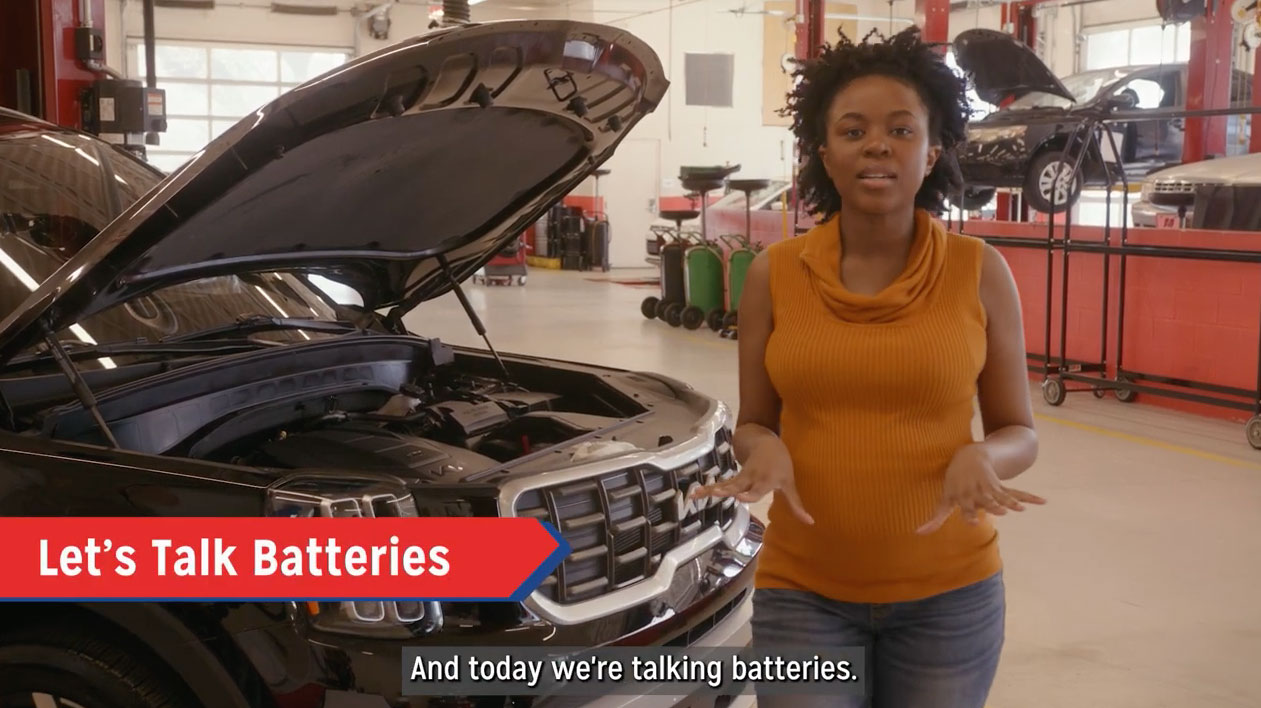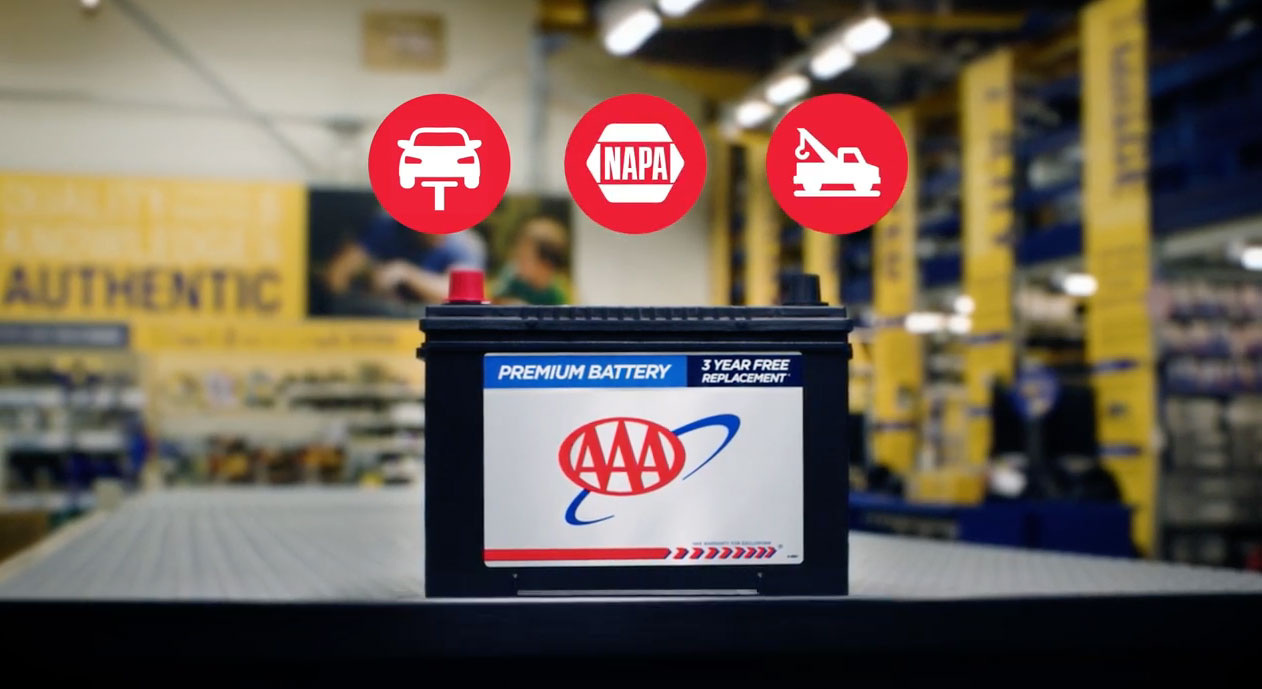Car Battery Maintenance: A Comprehensive Guide
AAA's informative guide and tips for car battery maintenance.
Proper car battery maintenance is essential for ensuring your vehicle starts reliably and performs effectively. Neglecting your car battery can lead to unexpected breakdowns and costly replacements. This article provides a comprehensive guide on how to maintain your car battery and the signs indicating it might be dying.
Performing Car Battery Maintenance
1. Clean Your Battery
Maintaining a clean car battery is crucial. Over time, dirt and grime can accumulate on the battery surface, potentially causing a short circuit. Use a damp cloth or a battery cleaning solution to wipe down the battery regularly. Ensure the terminals are free from dirt and buildup, as this can affect the battery's performance.
2. Keep the Battery Tray Clean
The battery tray, where your battery sits, should also be kept clean. A dirty or corroded tray can affect the battery’s stability and performance. Remove any debris, rust or corrosion using a wire brush and baking soda solution. Ensure the tray is completely dry before placing the battery back in.
3. Ensure the Battery Is Secure and Properly Seated
A loose battery can cause vibrations that lead to internal damage and reduced lifespan. Make sure your battery is securely fastened in its tray. Check the brackets and clamps holding the battery in place. Tighten any loose connections to prevent movement.
4. Coordinate Your Trips
Frequent short trips can drain your battery faster than longer ones because your car's alternator doesn't have enough time to recharge the battery fully. Try to combine multiple short trips into one longer trip to reduce the number of times your battery needs to start your car.
5. Regularly Check Battery Water Levels
Many car batteries are maintenance-free, but if yours isn't, you need to check the water levels regularly. If the water level is low, top it up with distilled water. Do not overfill, as this can cause acid spillage and damage to the battery and surrounding components.
6. Invest in a Battery Tender
A good battery charger can keep your battery at optimal charge levels, especially if you don’t drive your car frequently. Battery tenders come in handy during long periods of inactivity, such as during vacations or if you own a second car that isn’t driven often.
7. Use an Insulation Blanket in Colder Months
Cold weather can significantly affect your battery’s performance. An insulation blanket helps maintain the battery's temperature, preventing it from getting too cold and losing its charge. These blankets are easy to install and can increase the longevity of your battery in cold climates.
8. Control the Corrosion
Corrosion on battery terminals can hinder the flow of electricity and reduce the efficiency of your battery. To control corrosion, apply a mixture of baking soda and water to the terminals, then scrub with an old toothbrush. After cleaning, apply a layer of petroleum jelly or a commercial protectant to the terminals to prevent future corrosion.
9. Avoid Using Electronics While Idling or Engine is Not Running
Using electronics like the radio, lights or charging devices while your car is idling or the engine is not running can drain the battery quickly. Turn off all unnecessary electronics when the engine is not running or if your car is idling to avoid putting an unnecessary load on the battery.
Ways to Maintain Car Battery Charge
1. Regular Driving
Driving your car regularly is one of the simplest ways to keep your battery charged. When you drive, the alternator recharges the battery, ensuring it maintains an optimal charge level.
2. Avoid Short Trips
As previously mentioned, short trips don't give your alternator enough time to recharge the battery fully. Try to avoid frequent short trips—or combine them into one longer trip whenever possible.
3. Use a Trickle Charger
A trickle charger is a low-amperage device that keeps your battery charged by supplying a consistent charge over a longer period. It can be useful for vehicles that are stored for extended periods. Be certain to do research on the device and proper usage before utilizing this charger.
4. Turn Off All Electrical Components Before Shutting Off the Engine
Before turning off your car’s engine, ensure all electrical components like lights, air conditioning and the radio are turned off. This prevents any unnecessary drain on the battery the next time you start the car.
5. Keep Your Battery Terminals Clean
Regularly check your battery terminals for corrosion and clean them as needed. Corrosion can create resistance that makes it harder for your battery to charge properly. Use a terminal cleaner or a wire brush to clean off any build-up.
6. Maintain the Right Temperature
Extreme temperatures can affect your battery’s performance and lifespan. In colder months, use an insulation blanket to protect the battery from freezing temperatures. Conversely, in extreme heat, park your car in shaded areas or garages to keep the battery cool.
7. Monitor Battery Health
Invest in a battery tester to monitor your battery’s health. Regular testing can alert you to potential issues before they become severe, allowing you to address them timely.
 Getty
Getty
How to Know When Your Battery Is Dying
1. Slow Engine Crank
One of the most obvious signs of a dying battery is a slow engine crank. If your engine takes longer to start or cranks slower than usual, it may be time to inspect your battery.
2. Warning Light
Most cars have a battery warning light on the dashboard. If this light comes on, it indicates there may be an issue with your battery or the charging system. Don’t ignore this warning; have your battery and charging system inspected immediately.
3. Low Battery Fluid Level
If your battery isn’t maintenance-free, check the fluid level. A low fluid level can indicate that the battery is overcharging or has an internal leak. Either case suggests the battery is nearing the end of its life.
4. Swelling or Bloated Battery Case
A swollen or bloated battery case is a sign of internal damage caused by overcharging or extreme temperatures. This condition can be dangerous, and the battery should be replaced immediately.
5. Foul Odor
A battery emitting a foul odor similar to rotten eggs indicates it is leaking gas. This could be due to overcharging or internal damage. If you smell this, have your battery inspected and, if necessary, replaced.
6. Electrical Issues
Dimming headlights, flickering dashboard lights and malfunctioning electrical components can all be signs of a dying battery. If you experience any of these issues, it’s crucial to have your battery checked.
7. Old Age
Car batteries typically last between three to five years. If your battery is older than this, it’s likely nearing the end of its lifespan. Consider having it tested regularly and replace it as needed.
Proper car battery maintenance is essential for ensuring your vehicle operates smoothly and reliably. By keeping your battery clean, secure and charged, you can extend its lifespan and avoid unexpected breakdowns. Additionally, being aware of the signs of a dying battery can help you take proactive measures to replace it before it fails completely. Implement these tips to maintain your car battery effectively and help ensure a hassle-free driving experience.

